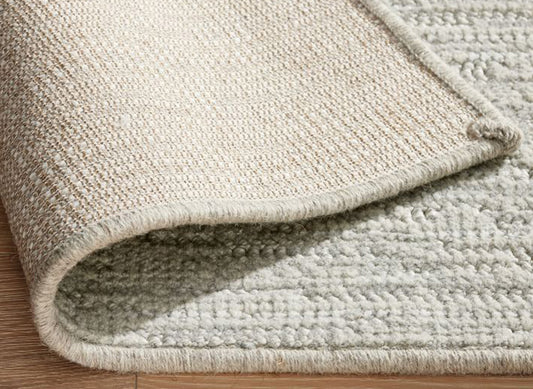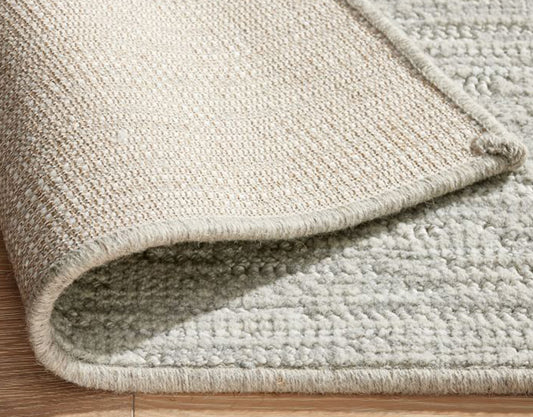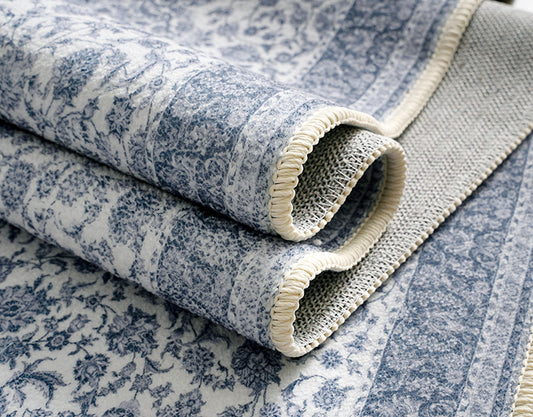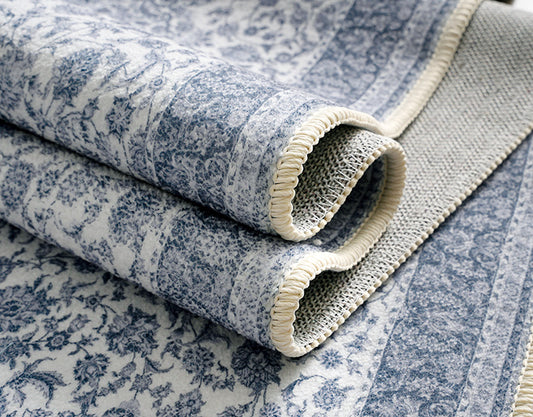How to pick a rug?
Carpet materials can vary widely in terms of their composition, construction, and performance characteristics. Here are some common classifications based on the materials used:
1. Natural Fibers:
Wool: Known for its durability, natural resilience, and luxurious feel. Wool carpets are naturally flame-resistant and offer good insulation properties.
Silk: Extremely luxurious and soft, silk carpets are often used in high-end rugs. However, they are less common in wall-to-wall carpeting due to their high cost and delicate nature.
2. Synthetic Fibers:
Nylon: One of the most popular synthetic carpet fibers due to its durability, stain resistance, and wide range of colors and styles. Nylon carpets are known for their resilience and ability to bounce back after compression.
Polyester: Offers excellent stain resistance and is often more affordable than nylon. Polyester carpets are soft to the touch and come in a variety of colors and textures.
Polypropylene (Olefin): Known for its resistance to moisture, mildew, and staining, making it a popular choice for outdoor and high-traffic indoor areas. Polypropylene carpets are often less expensive but may not be as durable as nylon or polyester.
Acrylic: Resembles wool in appearance and feel but is generally less durable. Acrylic carpets are known for their vibrant colors and resistance to fading, making them suitable for areas with sunlight exposure.
3. Blends:
Wool Blend: Combining wool with synthetic fibers like nylon or polyester can enhance the performance characteristics of the carpet while retaining some of the natural properties of wool.
Nylon-Polyester Blend: Blending nylon with polyester can create a carpet that combines the durability of nylon with the softness and affordability of polyester.
4. Plant-based Fibers:
Sisal: Made from the fibers of the sisal plant, sisal carpets are durable and sustainable. They are often used in high-traffic areas but may be susceptible to staining and moisture.
Jute: Known for its soft texture and earthy appearance, jute carpets are environmentally friendly and biodegradable. However, they are not as durable or stain-resistant as other carpet materials.
In Summary
If you want a cost-effective choice for rugs, we recommend you choose faux wool rug, if you want a high-quality choice for rugs, we recommend you pick wool rugs. However, Our faux wool rug is designed to absorb the advantages of wool rugs, but the cost is not very high.




